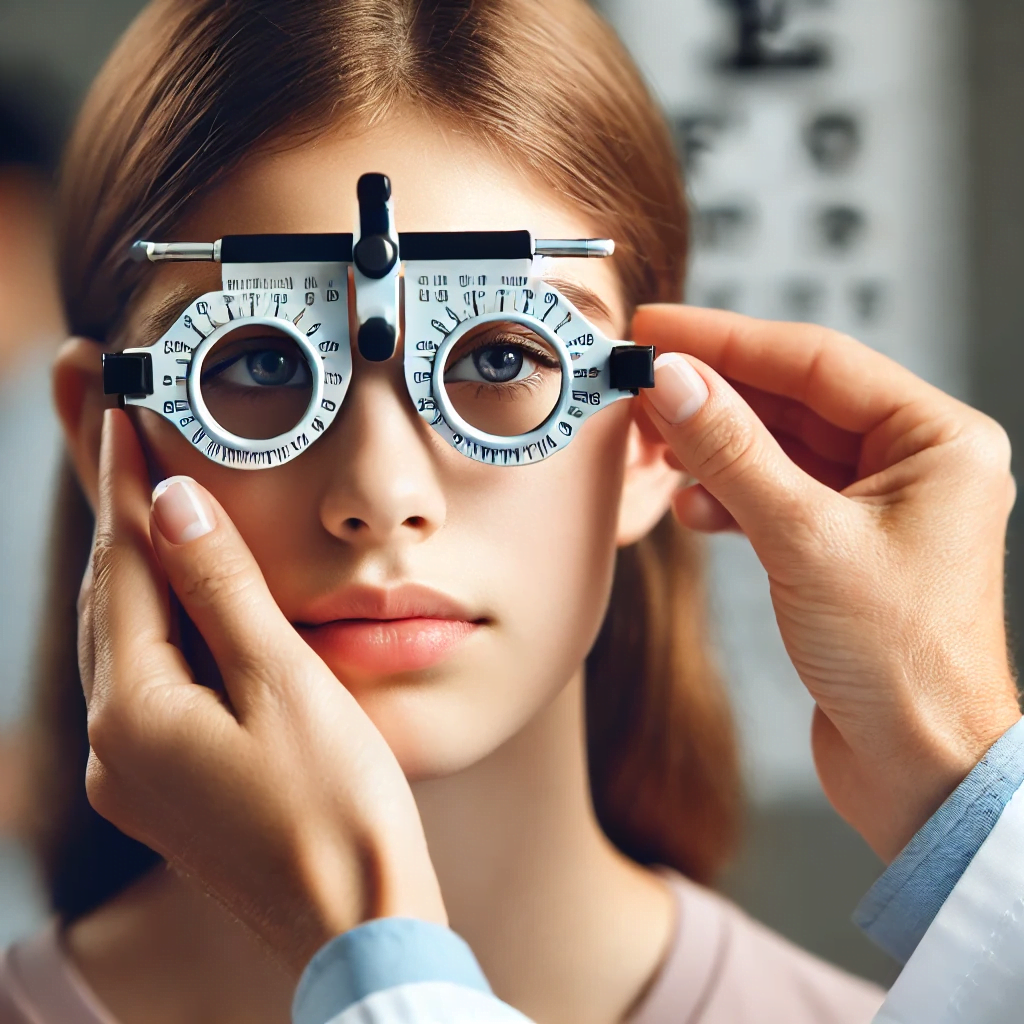1 in 3 Children are Nearsighted: A Growing Concern
Recent studies show that 1 in 3 children are nearsighted, highlighting an alarming rise in the prevalence of myopia worldwide. This condition, also known as nearsightedness, affects the ability to see distant objects clearly and has become a significant public health issue, especially among children and adolescents.
The Global Rise of Myopia
According to data published in 2023, the prevalence of myopia has surged from 24% in 1990 to almost 36% today, and it is projected to affect 40% of children by 2050. These figures illustrate a concerning trend in childhood vision health, with more than 740 million cases expected globally by mid-century.
Why Are Children Becoming Nearsighted?
Several factors contribute to the growing incidence of myopia among young people. One of the main drivers is increased time spent indoors, with children engaging in near-vision activities such as reading, watching screens, and using digital devices. Moreover, environmental factors like reduced exposure to outdoor light also play a role. Studies have indicated that children in urban areas, particularly in East Asia, where early formal education begins at age two or three, are more likely to develop myopia than their rural counterparts.
Who is at Risk?
Myopia does not affect all children equally. The condition is more prevalent in certain demographic groups. For instance, adolescents and high school students are more susceptible, with nearly 47% affected. Furthermore, girls have been found to have slightly higher rates of myopia than boys, particularly in East Asia, where the prevalence is as high as 35%.
The Impact of COVID-19 on Myopia Rates
The COVID-19 pandemic may have exacerbated the situation, as lockdowns led to prolonged periods of screen use and less time spent outdoors. Researchers have suggested a potential link between increased screen time during the pandemic and a spike in childhood myopia cases.
Can Myopia Be Prevented?
While myopia cannot always be avoided, there are ways to slow its progression. Encouraging children to take regular breaks from screens, spend more time outdoors, and practice eye-protective habits can help. Experts also recommend reducing the burden of homework and extracurricular tutoring, especially in regions like East Asia, where intense educational pressures contribute to early onset of myopia.
Looking Ahead
As we approach 2050, the challenge of managing and preventing myopia will become even more pressing. Governments, educators, and health professionals must work together to raise awareness, promote eye health, and implement policies aimed at reducing the global burden of myopia.
The following post may interest you
Can Video Games Cause Motion Sickness? Tips to Avoid It
Sources
https://bjo.bmj.com/content/early/2024/08/14/bjo-2024-325427.citation-tools
https://www.aol.com/1-3-children-worldwide-now-163401844.html

